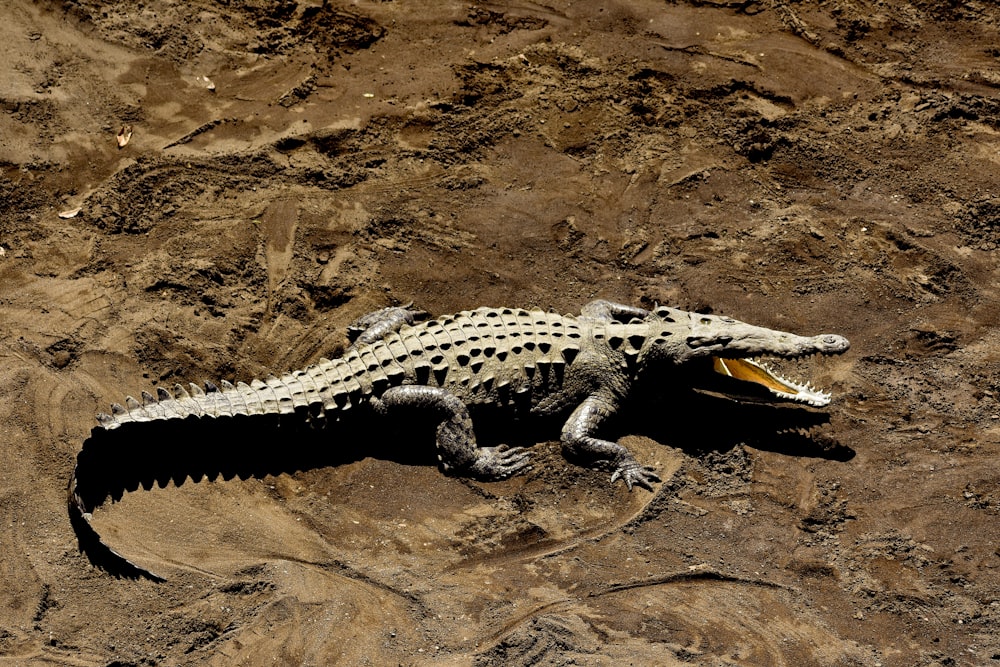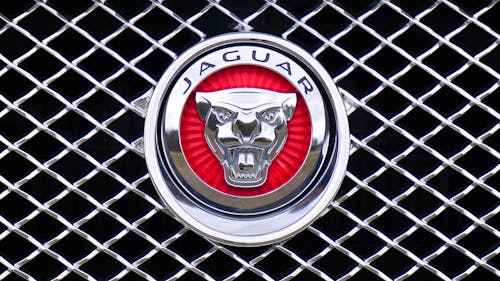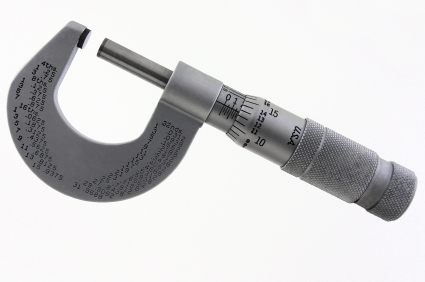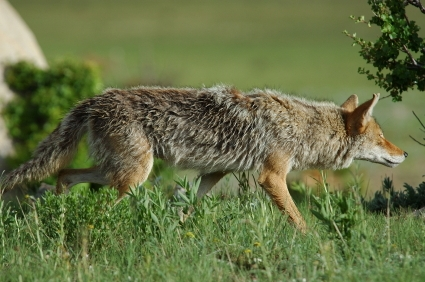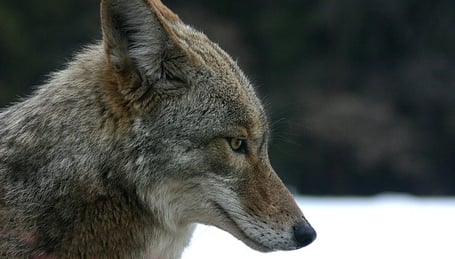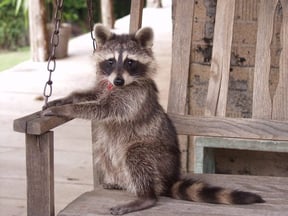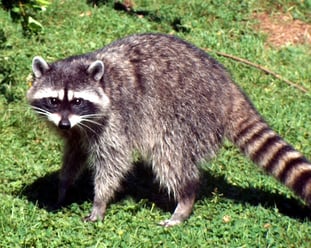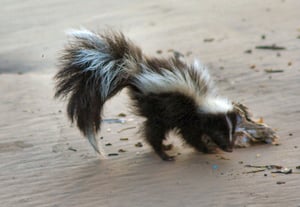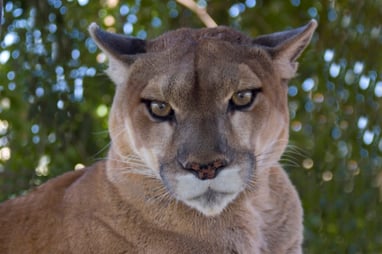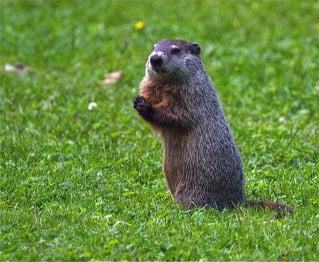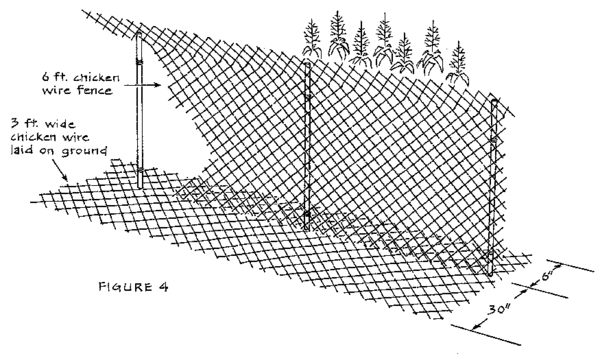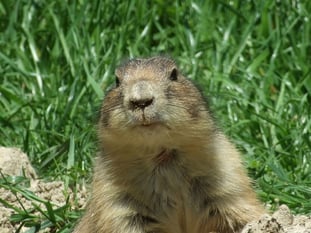Chain-link Fence Flop
When thinking about alligators in the U.S. one imagines first and foremost Florida, then perhaps Georgia and Louisiana. However, their presence goes much further than that--add Alabama, Mississippi, South and North Carolina, the eastern part of Texas, southeastern Oklahoma, and the bottom tip of Arkansas.
Here is a stunner. There is a plethora of safety guidelines available online for avoiding these threats to life and limb.
Staying Safe
The estimated number of alligators in just Florida is 1.25 million. By the late 80s, the American alligator was considered endangered. It has quickly recovered its population since being protected. As humans encroach upon the habitat of alligators, the incidences of interacting with these significant reptiles have increased dramatically.
In any case, the alligator safety basics are:
- Do not attempt to deal with alligator yourself
- Call your local animal control or 911
- Do not approach an alligator
- Do not feed an alligator
- Avoid sudden movements


